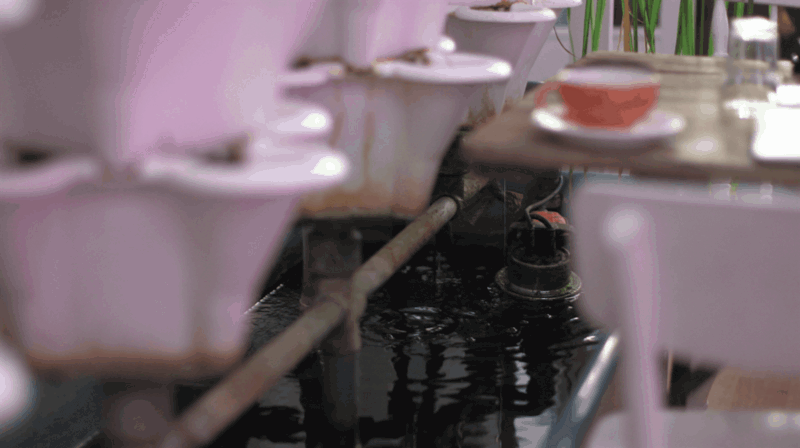
In the final season of HBO’s comic-noir series Bored To Death, one of the characters opens an upscale Manhattan restaurant featuring a menu entirely sourced from farms within 100 miles of the city. The launch is undermined when his arch-rival announces his own downtown restaurant featuring cuisine sourced from within a 50-mile radius, setting off a kind of locavore arms race between the two.
It was compelling satire when it first aired in 2011, but watching the show just four years later, the comedy falls a bit flat, because the whole premise of a hundred-mile “foodshed” doesn’t seem all that ambitious. With the rise of the urban farming movement, produce is increasingly emanating from within a 50-block radius of a restaurant. Within rooftop or hydroponic gardens, sometimes the foodshed is best measured in feet.
As exciting as these urban farming developments are, it’s an open question whether they will remain the province of high-end dining, or whether they will find their way onto the tables and diets of lower-income city dwellers. Last week, I paid a visit to a cafe in London’s East End that is trying to bring city-farmed food to an urban community that is not just made up of the gastronomic elite. What I discovered was an encouraging–and delicious–taste of a more egalitarian, urban food culture.

How We Get To Next was a magazine that explored the future of science, technology, and culture from 2014 to 2019. This article is part of our The Future of Food section, which covers new innovations changing everything from farming to cooking. Click the logo to read more.

